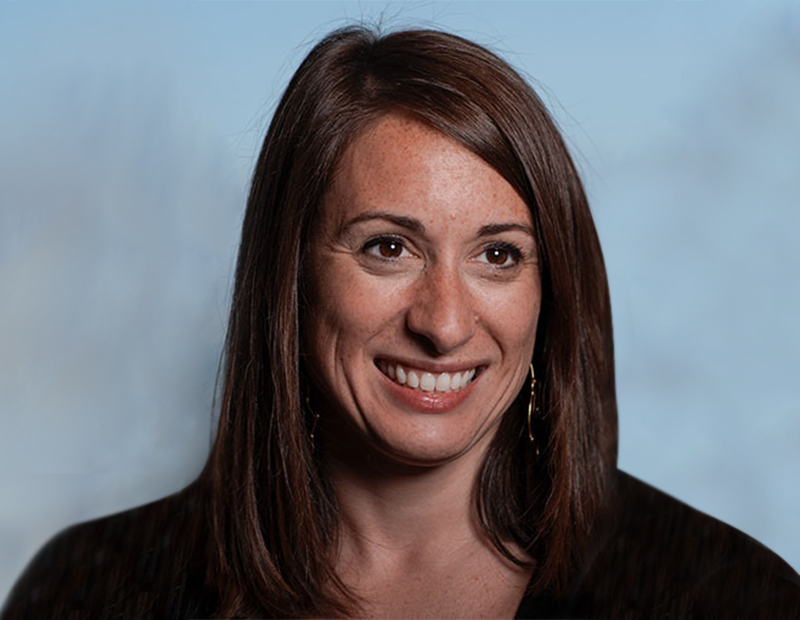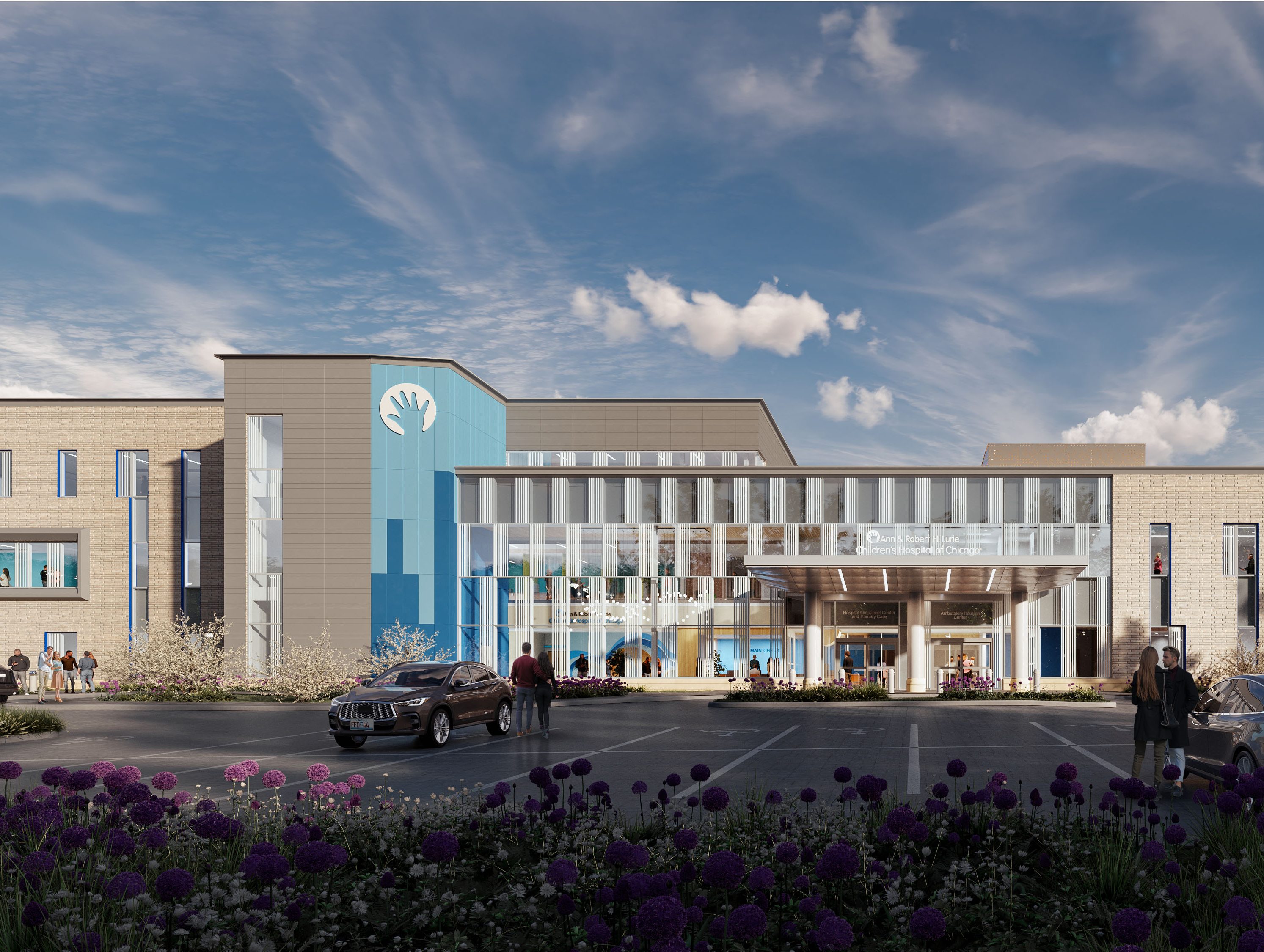How Small Businesses Can Avoid Cash-Flow Gaps
Cameron Peake, co-founder of digital banking firm Azlo, offers insights into financing alternatives and pivoting to keep your business on an even keel.
Contrary to general expectations, the second round of Paycheck Protection Program funding has lasted longer than the first, as businesses consider whether the program is the best choice for them and whether the application process, which has been widely criticized, is worth the effort. However, in the midst of economic uncertainty, avoiding cash-flow gaps will remain a top concern for some time.
Cameron Peake, co-founder of the digital banking firm Azlo, has been offering financial guidance and support to smaller and early-stage businesses in the U.S. for several years, having previously created financial products for emerging clients in markets such as Haiti and Indonesia. As lenders and borrowers adjust to the new reality, Peake highlights a number of alternative financing options and offers insights on how small companies can pivot.
READ ALSO: Why Lenders Are Taking a Step Back: Q&A
What has been your customers’ experience with securing financing since the beginning of the pandemic?
Peake: One of the biggest challenges our customers have faced is that they aren’t applying to programs, due to misinformation rather than lack of need. Even though cash flow is a huge problem for our customers, only 38 percent have applied to the Paycheck Protection Program. Of those who have not applied, 79 percent of them are not planning to. Businesses on Azlo tend to be smaller, and there’s a lot of misconception out there that you can’t access the PPP if you are a single-member business or don’t run payroll, which is not true.
Of those that did apply, many described the program as slow or painful (37 percent and 20 percent, respectively), and a vast majority of our surveyed customers (73 percent) responded that they are angry about the situation related to the government’s COVID-19 small-business stimulus. That said, we’ve seen movement over the weeks toward funding, so even though there was slowness and pain at the beginning, we are seeing the funds flow at this point.
What’s your top advice for small businesses to best protect themselves during cash-flow gaps? What other measures can small businesses take to minimize the impact of COVID-19?
Peake: Businesses can think about cash-flow gaps in two ways: either bring more money in or reduce the amount of money going out. At the moment, the best opportunity to bring money in has been the COVID-19 Paycheck Protection Program.
A second way to bring money in is to look for grants and local government programs. The National Governors Association can be a good resource as it offers a list of governors’ websites where small businesses can find grants available in their state. Additionally, many local governments are offering programs to help small businesses. The Denver Small Business Emergency Relief program, for example, offers cash grants of up to $7,500 to businesses in industries that have been hard-hit by the coronavirus.
A third way to look for new sources of income is by pivoting to a new product, customer segment or channel. We’ve seen, for example, how businesses that formerly marketed to teachers are now marketing to parents as part of a shift to address changing markets.
In terms of addressing (outlays), it is important to examine all expenses and ensure they make sense in the current environment. For example, businesses can cut non-essential spending such as subscriptions; switch to making minimum payments on debt; and finance crucial projects only. They can also look for opportunities to negotiate existing bills. For example, with the Fed cutting interest rates to zero percent, many loans can be renegotiated. Finally, they can identify ways to defer expenses where possible. For example, many states have extended tax filing windows, which helps to save cash now.
Would you share a particular case in which getting out of the cash flow gap is going really well?
Peake: One of our customers, Christopher Kabat, launched ProAerial Media (PAM) in 2019 and due to the pandemic, he had to pivot his business. PAM specializes in aerial imaging services like photography, videography and photogrammetry in industries such as construction, real estate and insurance, to gain traction in the warmer months.
As he set the wheels in gear for an official kickoff in the spring of 2020, COVID-19 interrupted his plans, and Chris had to shift gears and rework his business strategy. He mentions that the pandemic has actually given him the time to take a deeper look into some of the ideas they had early on.
Since the pandemic (started), Chris has put together what he calls E-Scapes, which are snippets of aerial videos and photos of breathtaking, unique vistas shot with drones. These videos have provided a welcome respite, especially for city dwellers who are cooped up indoors during the quarantine.
This is just one of many examples of how our customers are trying to pivot and find creative ways to keep going. And we’re doing everything we can to support them.
How do you see the lending climate for small businesses after the second wave of relief funding closes? What other viable financing solutions are there?
Peake: We’ve actually been surprised how much longer the second wave of PPP has remained open as loans have become smaller. As the PPP draws to a close, small businesses will still need access to credit. Unfortunately, we anticipate a pretty significant tightening of credit standards in the near term, especially with respect to small businesses.
READ ALSO: ULI Forecasts Strong CRE Growth to Return in 2022
We also anticipate that alternative lenders will slow down lending or cease writing new loans due to elevated losses and reduced risk appetite on the part of capital providers. We think it is likely that government funding will play a critical role in small and medium-sized business lending in the near term, potentially through 7(a) or other products.
Beyond PPP, we’d encourage businesses to explore other relief options available through the SBA—EIDL Loan Advance, SBA Express Bridget Loans or SBA Debt Relief—as well as the federal grants option.
What lessons have you learned so far from this pandemic and how are you planning to implement them in your strategy?
Peake: First, COVID-19 is (accelerating) the trend toward digital. As an all-digital platform, Azlo was already set up to support virtual banking, and we’ve seen a big increase in customers in part because most traditional banks cannot onboard and serve customers online. The expectation that services should be accessible digitally is not going to go away post-pandemic.
Second, the pandemic has shown the resilience of our team. People have come together to support our community of small businesses, from employees across the company volunteering to write blog posts, to spinning up the Azlo Business Foundry, a resource for people turning to self-employment to put their skills to work.









You must be logged in to post a comment.